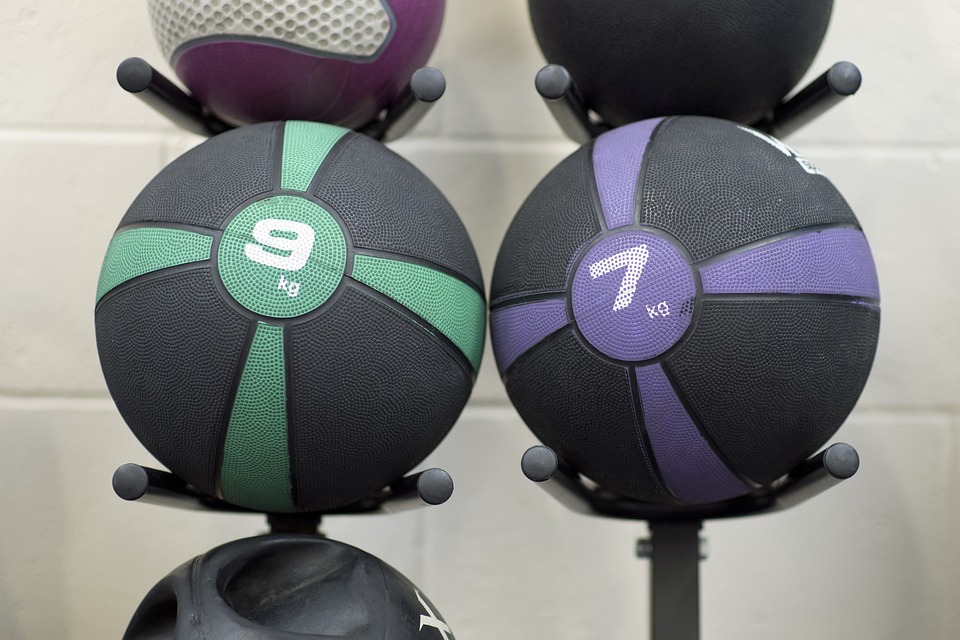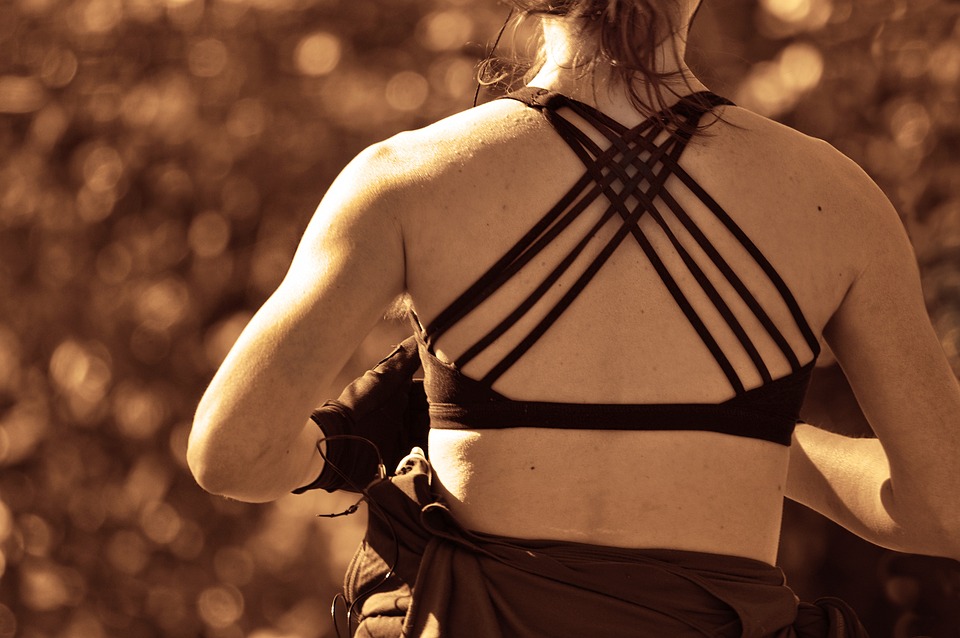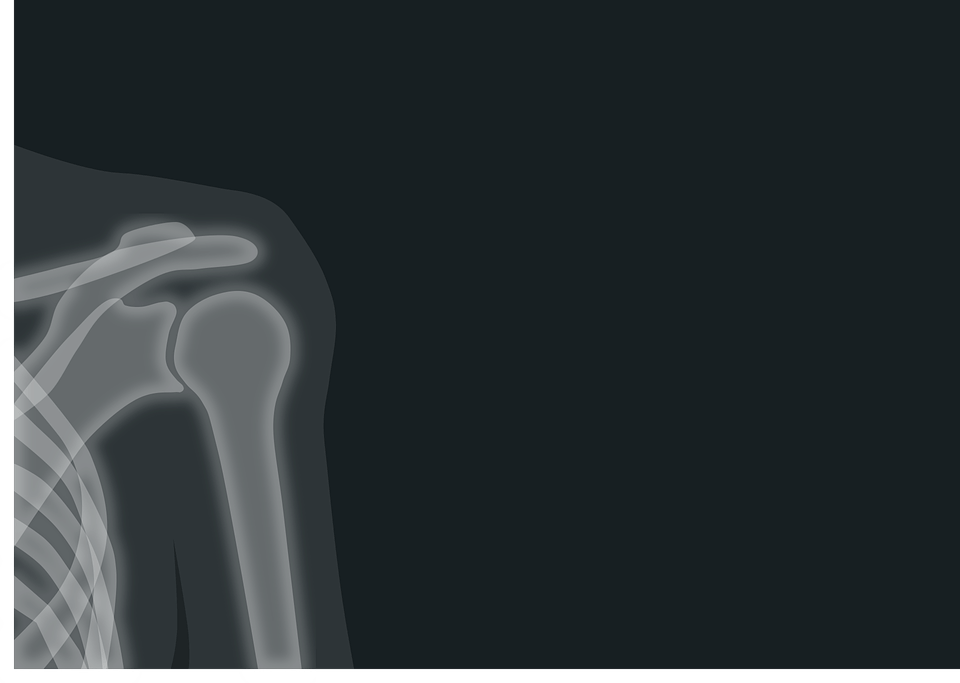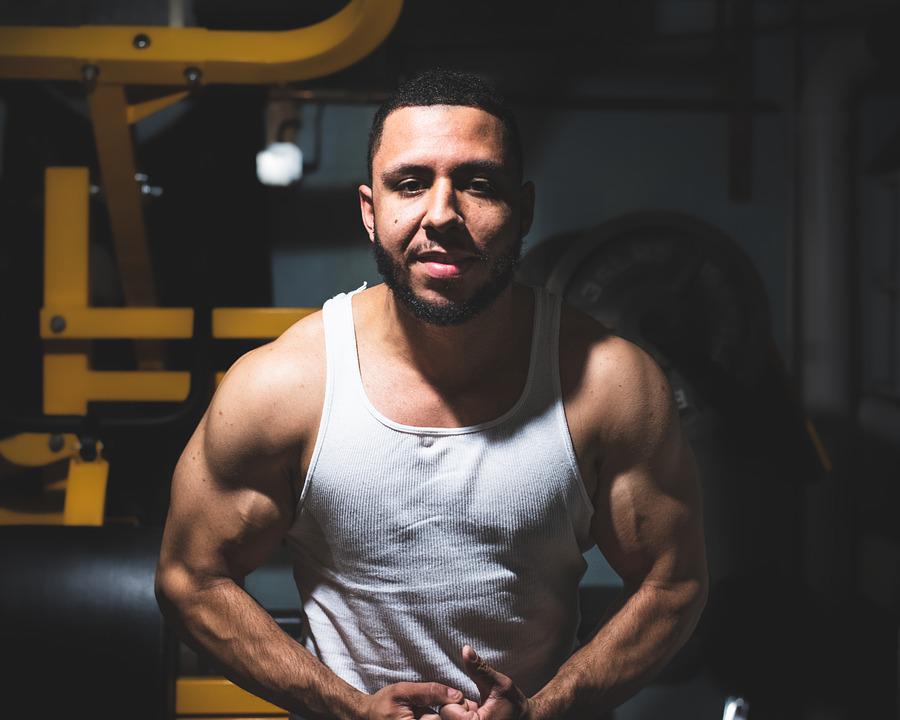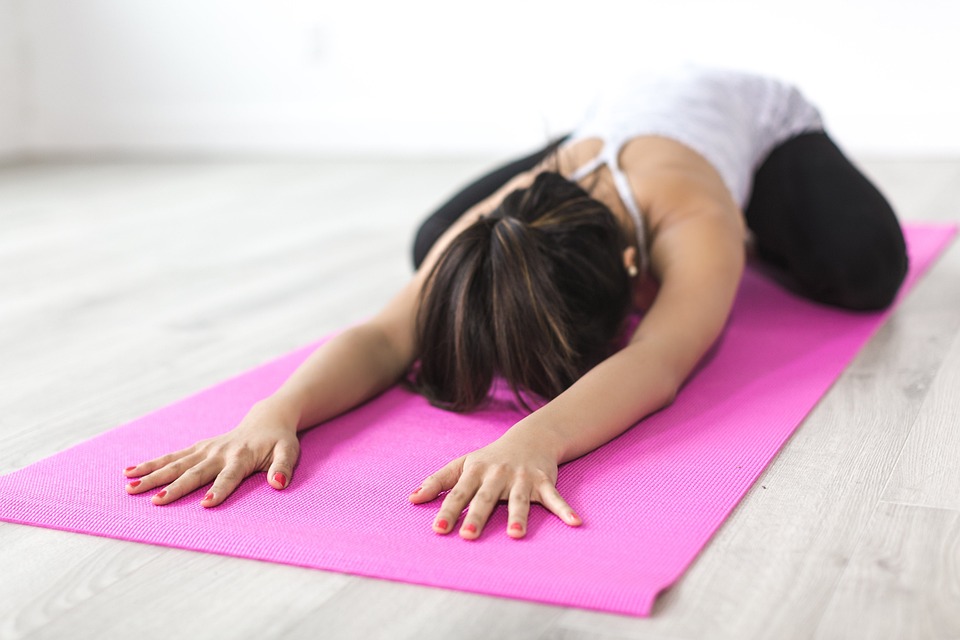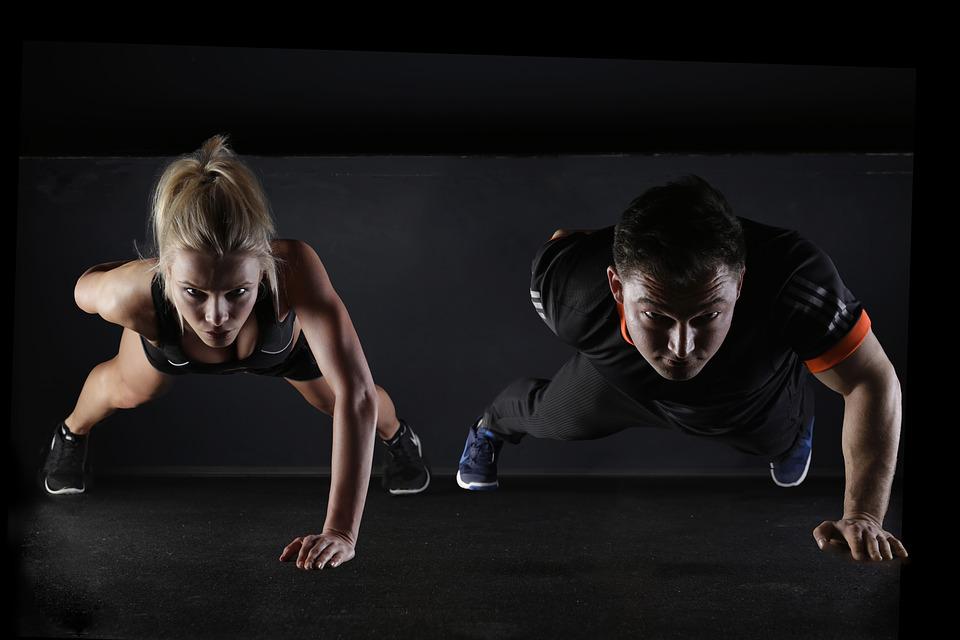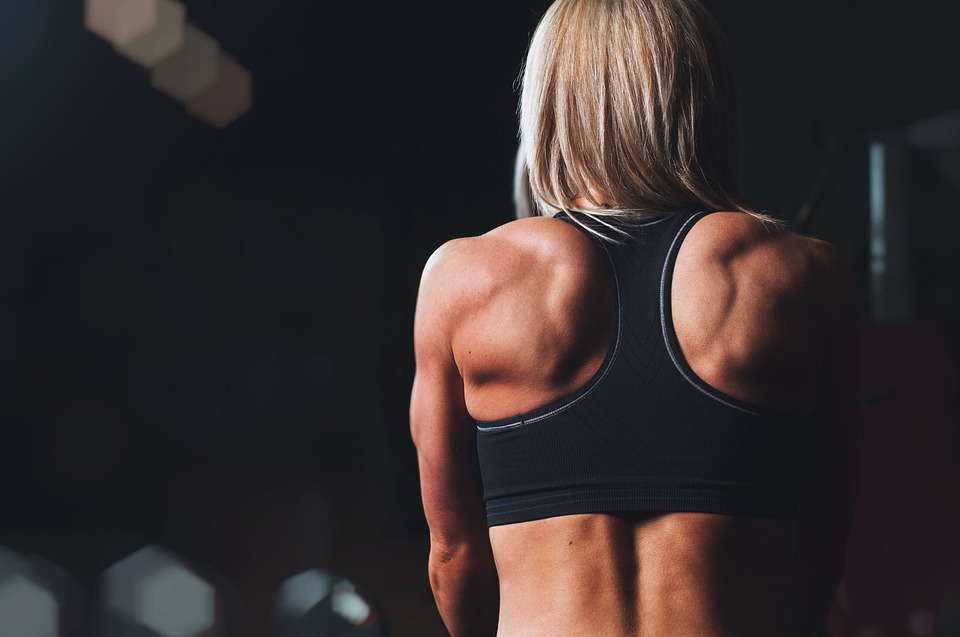
The Anatomy and Function of The Shoulder
It is important to build shoulder strength because they are more likely to get injured than other joints. The shoulder joint is shallow and the muscles surrounding it can become weak from lack of activity and bad posture.
The shoulder allows the arms to move and be strong. The area where the shoulder meets the neck is formed by the clavicle and scapula bones. The upper arm has a ball at the end that fits into the shoulder area. The ligaments, tendons, and muscles around the shoulder joint stabilize it.
The shoulder is a ball and socket joint that allows for a great deal of movement. There are many muscles that attach to the clavicle, scapula, and humerus, which allow the arm to move in a number of ways, such as shoulder flexion, extension, adduction, abduction, and internal and external rotation.
The muscle that is most responsible for the movement of the shoulder is the deltoid. It is a rounded triangular muscle that sits on top of the shoulder girdle. The muscle originates from 3 points – the scapula, acromion (tip of the scapula), and the clavicle – and all insert into the humerus (upper arm).
The delts are made up of three “heads” referred to as the anterior, lateral, and posterior delts. anterior Delt is located at the front of the shoulder, the lateral Delt is located along the top of the shoulder, and the posterior Delt is located in the rear portion.
With this understanding of shoulder anatomy and function, we should focus on building the delts to create more size in the shoulders.
How To Get The Most Out Of This Shoulder Workout
Move through a full range.
Full range of motion reps engage more muscle fibers than partial or cheat reps.
Stick to a strict tempo.
The tempo of each repetition is indicated by a four-digit code. The first number is the time in seconds it takes to lower the weight. The second number is the pause at the bottom. The third number is the time it takes to lift the weight. The fourth number is the pause at the top.
Keep your rest periods brief.
After each group of three moves, rest for 10 seconds then 90 seconds. This will help to damage your muscles and promote growth.
How To Avoid Injury In Your Shoulder Workouts
Working out can lead to injuries in any part of the body, but you are more likely to hurt your shoulder. To avoid this, take extra care when preparing for a shoulder workout.
Start your workout by gradually moving your shoulder joints to activate the rotator cuff muscles. Spend five to ten minutes doing this to increase your range of motion during the workout.
This section of your routine is meant to get your shoulder prepared for the workout, but it is not the entire warm-up. Before you start your shoulder routine, do some high-repetition sets of the exercises you will be using, but with very light weights or no weights at all. This will help your shoulder get used to the motions it will be doing with weight, so your first set will not be starting from scratch.
If you are having trouble completing a set of shoulder exercises with the weight you are using, it is better to stop the set or use less weight. Although it may be tempting to keep going and finish the set, it is not worth it if it puts you at risk for injury.
The Exercise Selection Process
For an exercise to meet the “shoulder building” criteria, it must activate the deltoids to a large degree, as verified by looking at scientific studies investigating the electrical activity (EMG) generated during a host of different shoulder exercises.
We need to use heavy loads to effectively stress the deltoids and drive strength and size. Therefore, we should prioritize “big” exercises that allow us to use heavier weights over smaller, lighter exercises.
The best exercises for building shoulder mass are:
- Seated Dumbbell Press
- Standing Dumbbell Press
- Dumbbell Lateral Raise
- Arnold Press
- Bent Over Dumbbell Raise.
So there you have it, the top 5 mass-building shoulder exercises.
The Top 7
Make sure to add these exercises to your workout routine to get the best results.
1.) Barbell Push Press
The push press allows you to lift more weight than any other shoulder exercise because it starts with driving the bar up with power from your hips and knees. Once the bar is moving, your deltoids and other upper body muscles work together to finish the lift by locking out your elbows.
Place your feet slightly wider than your hips, with the bar touching your upper chest. Elbows should be directly under the bar. Dip, then drive through your hips, pushing the bar up overhead. The more explosive the movement, the faster the bar will move, allowing you to press heavier loads.
2.) Barbell Overhead Press
The push press and overhead press use similar movements, with the only difference being that the overhead press doesn’t involve using your legs. The overhead press is a great exercise for specifically targeting your delts. However, because you’re not using your legs to generate power, you won’t be able to lift as much weight.
The barbell overhead press can be executed by taking up the same stance as the push press. feet should be wider than hips, core engaged, and bar at the upper chest. Prior to driving the bar up, focus on squeezing the glutes together. This will help to protect the lower back by maintaining a neutral spine alignment and prevent the hips from drifting forward. Finally, when pushing the bar overhead, aim to keep it close to the face which will facilitate a more efficient bar path and lead to a better lift overall.
Although the dumbbell overhead press activates the delts more, you can lift heavier with a barbell overhead press because it is more stable.
3.) Dumbbell Incline Row
While the row is generally used to develop the back muscles, it is also an effective exercise for the posterior deltoids. This was shown in a study that looked at the amount of muscle activation in the deltoids during various shoulder exercises. The results showed that the row activated the deltoids more than other exercises. It is especially effective at targeting the rear and lateral heads of the deltoids.
To set up for this exercise, put a bench on an incline and lie on it with your whole trunk in contact. Start with your arms extended and focus on keeping your shoulders down. Pull your elbows in close to your ribs, making sure to squeeze between your shoulder blades at the top of the movement.
4.) Seated Barbell Overhead Press
If you want to increase the difficulty and challenge of the overhead press, you can sit down instead of standing up. This makes it harder to use momentum to push the bar up from your chest. It also makes it easier to push from a more stable base, which puts more of a demand on your delts.
Anterior delt activation is greater with barbells than with dumbbells. This is because barbells provide more stability, allowing you to lift more weight.
5.) Seated Dumbbell Overhead Press
Dumbbells are better than barbells because they work on each side of your body independently. This makes the exercise harder, which in turn works your stabilizing muscles more. Additionally, dumbbells often allow for a greater range of motion than barbells.
The phrase “reduces the use of momentum” means that it is harder to use the weight’s momentum to perform the exercise. “Nullifying the lower body” means that the lower body is not involved in the exercise. “Unlike the barbell press” means that the barbell press is performed with the weight in front of the face, while “the dumbbell overhead press aligns the weight with the middle of the shoulder” means that the weight is above the head. “Therefore engages the lateral Delt to a greater degree, rather than the anterior Delt” means that the exercise works the muscles on the side of the shoulder more than the muscles in the front of the shoulder.
6.) Upright Row
Upright rows can be completed using a variety of equipment, such as barbells, dumbbells, cables, and even the smith machine. The exercise involves assuming a narrow grip and bringing the load up to the upper chest by driving the elbows high, above the height of the shoulders. A close grip has been found to enhance the rows’ range of motion, however, a wider grip is associated with a greater delt engagement.
7.) Arnold Press
This is one rep. The Arnold press is a variation of the seated dumbbell overhead press that incorporates rotation. To do this exercise, start with the weight in line with your shoulders and palms facing your body. As you lift the dumbbells up, focus on rotating them so that at the top of the movement, your palms are facing forward. Reverse the movement as you lower the dumbbells and return to the starting position. That’s one rep.
More Of The Best Shoulder Workouts
Dumbbell Shoulder Workout
This three-move workout is designed to work your shoulders from multiple angles. The exercises included are the ones that helped Arnold Schwarzenegger put the finishing touches to his magnificent deltoids during his bodybuilding days.
- 1A Reverse flye (Sets 3 Reps 10)
- 1B Lateral raise (Sets 3 Reps 10)
- 1C Arnold press (Sets 3 Reps 10)
Home Shoulder Workout
Many of us could avoid injury by using lighter weights during shoulder workouts. You can use light dumbbells to complete this effective session at home, which will help you improve your appearance in no time.
- 1 30/30 push press (Sets 3 Time 2min)
- 2A Lateral raise (Sets 3 Reps 12)
- 2B Front raise (Sets 3 Reps 12)
- 2C Reverse flye (Sets 3 Reps 12)
Supersets Shoulder Workout
This 45-minute workout will give you the broad, strong shoulders of a swimmer. You will need a barbell, dumbbells, and a cable machine to do it. The workout consists of two straight sets and then two supersets that work the shoulders from all angles.
- 1 Push press (Sets 4 Reps 10)
- 2 Upright row (Sets 4 Reps 10)
- 3A Seated dumbbell overhead press (Sets 4 Reps 12)
- 3B Prone reverse dumbbell flye (Sets 4 Reps 12)
- 4A Standing dumbbell lateral raise (Sets 4 Reps 15)
- 4B Cable face pull (Sets 4 Reps 15)
Gym Rings Shoulder Workout
This bodyweight workout that uses rings will help build stronger, more injury-resilient shoulders, as well as lessen the strain on your wrists in moves like dips and pull-ups.
- Front support (Sets 5 Reps 6)
- Pull-up (Sets 5 Reps 3)
- L-sit (Sets 3 Time 10sec)
- Dip (Sets 5 Reps 5)
- Inverted row (Sets 3 Reps 8)
- Press-up (Sets 3 Reps 8)
Dumbbell Ladder Workout
This routine contains two exercises that improve shoulder muscles along with other muscles. The ladder format will also improve your muscular endurance in addition to your strength. Use lighter weights than you are used to for these movements because you will be doing more reps. Start with five reps of each move, and add one to each set until you can no longer lift the weight.
- Dumbbell thruster
- Dumbbell overhead lunge
Pull-up Workout Plan For Beginners
It’s beneficial to invest time in perfecting pull-ups, as they work a majority of the upper body and core muscles, in addition to strengthening the shoulders.

